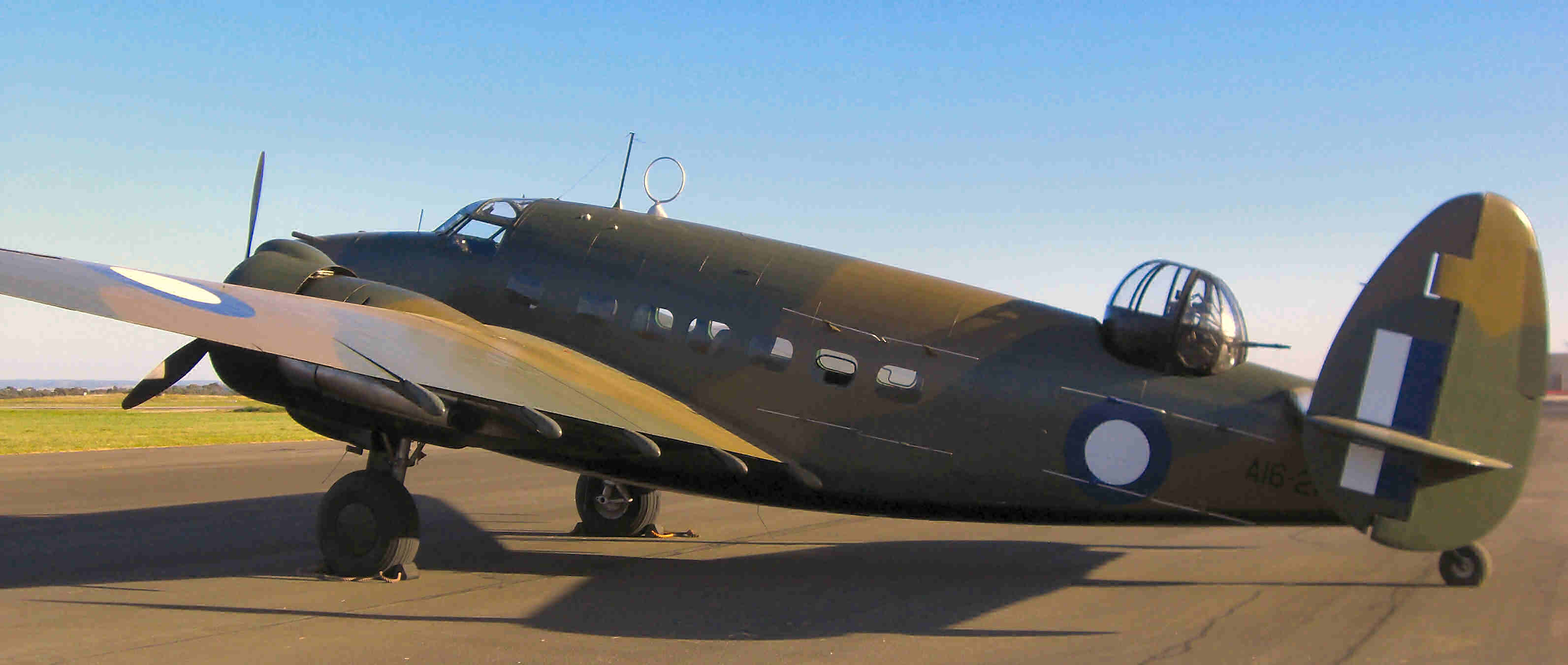|
Radschool Association Magazine Avalon Air Show Special |
|
Privacy Policy | Editorial Policy | Profit Policy | Join the Association | List of Members | Contact us | Index | Links | Print this page |
|
Civilian Aircraft.
|
|
Civilian Aircraft.
Many manufacturers had numerous aircraft on display, some super luxurious, some general admission, some old, some new, some ex-military and some which you’d have to think twice about before venturing into the wide blue yonder in them – but they all attracted attention from the huge crowds on the 2½ open days, here are just a few.
Bombardier Global 5000.
On most people’s wish list, the Canadian built Bombardier Global 5000 corporate jet stood out from the crowd and just oozed style, luxury, comfort and performance. |
|
|
|
The Bombardier is an ultra long-range corporate and VIP high speed jet aircraft and is powered by two BMW Rolls Royce BR-710 turbofans. It can fly up to 19 passengers, in sumptuous comfort, intercontinental ranges without refueling as its typical range is 6,325 nm (11,400 klm) at a cruise of 488 kt (900Klm/h) with a service ceiling of 51,000 ft.
It first flew in 1996 and to date there are 400 in service and if you want one, you’ll need $45M in the bin.
Phenom 300.
If your pockets aren’t deep enough to afford the Bombardier, perhaps the Phenom 300 is more your style.
The Phenom is a small jet developed by the Brazilian aircraft manufacturer Embraer, the company that built the unpressurised Bandeirante that was tried in PNG back in the 1970’s, but in a country where Flight Level starts at 20,000ft and where hills go up to 14,500ft, it wasn’t the smartest choice. |
|
|
|
The Phenom can carry 8 or 9 occupants with a flying range of 1,971 nautical miles and you can have a new one for only $8M. It’s a pressurized aircraft and at 45,000 feet, it has a cabin altitude of 6,000 feet.
The first aircraft was delivered in 2009.
Cessna’s Grand Caravan.
This aircraft is a bit like an FC Holden Ute – it will go anywhere, carry anything and do it all with absolute ease. As a passenger carrier, it can carry 12 pax in air conditioned comfort, or remove the seats and you can jam in 1,300 kg and carry it for 100nm. You could say it is a 206 on steroids. Certified for single pilot IFR operations, it will cruise at 340Klm/hour at a maximum altitude of 25,000ft, although being unpressurised, you wouldn’t want to do that for too long. It needs 2,500ft of runway to get air born but only 1,800ft on which to put it down and at sea level it will climb out at just under 1,000ft/min. It entered service back in 1984 and to date, 2000 have been built.
Undercarriage is fixed and very strong and looks like it could handle a 100ft drop from a crane. Power is provided by a Pratt & Whitney PT6A-114A engine, driving a 3 bladed Hartzell variable pitch propeller giving a range of 2,000 km with max fuel and reserves. Cessna call it the 208. |
|
|
|
Pilatus PC-12.
The Pilatus PC-12 is also a single-engine passenger and cargo aircraft (much like the Caravan) manufactured by Pilatus Aircraft of Switzerland. Pilatus announced the development of the PC-12 in 1989 and the first flight took place in 1991 with certification being completed in 1994. Since then Pilatus have built and sold in excess of 1,000 aircraft. It is also powered by a single Pratt & Whitney PT6 turboprop engine (what isn’t??), though a four bladed variable pitch prop and is certified for single-pilot IFR operations, though many operators choose to utilize a second flight crew member. At the moment it is offered only as a nine-seat airliner but a pure freight model is under consideration. |
|
|
|
Unlike the Cessna, the Pilatus is pressurised and cleans up in flight. Cruise speed is 500Klm/hour at 20,000ft, giving a range of 2,800 klms fully loaded and following recent regulatory changes, single engined turboprop aircraft have been approved to operate as regional passenger transports opening up a new market for the PC-12 and the C208.
Beechcraft.
The Beech King Air 350
is from the “Super” King Air family of twin-turboprop aircraft of
which
The “Super” King Air family has been in continuous production since 1974, the longest production run of any civilian turboprop aircraft in its class and has outlasted all of its previous competitors.
The RAAF’s 32 Sqn, which supports the RAAF’s school of navigation and which is based at East Sale (Vic), and the Townsville based 38 Sqn which had the Caribous, operate a number of these aircraft.
The Premier 1 aircraft was officially launched in September 1995 and construction of the first prototype commenced late in 1996. The first aircraft "rolled out" and first flew in 1998 and after several modifications, the upgraded Premier IA was certified in 2005.
The Premier, which is powered by 2 Williams FJ44-2A turbofans, is a 6 passenger deluxe aircraft which cruises at 460 kts (850 Klm/h), it has a range of 1,430 nm (2,650 klms) and a service ceiling of 41,000 ft.
Piaggio.
Another manufacturer, that has been around for a long time, is Piaggio and their Avanti 11, which is powered by 2 Pratt & Whitney PT6A-66B engines, set up in pusher configuration, carries 6 passengers in comfort and 8 at a pinch in a pressurized cabin over 1,750 nm (3,240 klm) at a service ceiling of 41,000 ft. |
|
|
|
The Italian company, Piaggio, is one of the world's oldest airplane manufacturers, and its planes have been well known from the early days of aviation.
The Avanti 11 first flew
in 1986 and certification was obtained in 1990. The 100th aircraft
was delivered in 2005 and the 150th 2008. The Avanti's turboprop
engines are placed on a mid-
All 3 surfaces provide lift.
Back in the late 1950’s, Piaggio released their “famous” P166 model, which was a 12 seat piston engine pusher aircraft and when landing ‘appeared’ to come over the fence flat out.
Agusta Grand Helicopter.
In the late 1960s, the Italian company Agusta designed the A109 as a single-engined commercial helicopter. It was soon realised that a twin-engined design was needed and it was re-designed in 1969 with two Allison 250-C14 turboshaft engines and was developed into the eight-seat version the A109C. The first of three prototypes made its maiden flight in 1971.
A protracted development then followed and the first production aircraft was not completed until April 1975 and delivery of production machines started in early 1976. The aircraft soon became a success and as well as being a smart light transport utility helicopter it performed perfectly well as an air ambulance and search-and-rescue aircraft. |
|
|
|
In 1975 Agusta returned again to the possibility of a military version and trials were carried out between 1976 and 1977 with five A109As fitted with missiles. Two military versions were then developed, one for light attack or close support and another for naval operations.
The sale of the Agusta A109 to the Belgian armed forces in 1988 gave rise to a bribery scandal that led to the resignation and conviction of NATO Secretary General Willy Claes.
In August 2008, a factory-standard Agusta-Westland Grand chopper broke the round-the-world speed record with a time of 11 days, 7 hours and 2 minutes.
Eurocopter
The Eurocopter AS332 Super Puma is a four-bladed, twin-engine, medium-size utility helicopter marketed for both civil and military use. It was originally designed and built by Aérospatiale as the Puma, but was enlarged and re-engined and as the Super Puma it first flew in 1978.
It is powered by two of the new and more powerful French made Turbomeca Makila turboshaft engines powering a four-bladed composite main rotor, and was designed to withstand a fair bit of damage with its more robust fuselage structure, a new crashworthy undercarriage and the ability to withstand battle damage to the rotor blades and other key mechanical systems.
It is fitted with a ventral fin under the tail and a more streamlined nose and comes in two fuselage lengths, the short version giving better performance in "hot and high" conditions and a stretched version allowing more passengers to be carried when weight is less critical.
It has proven immensely successful, being chosen by 37 military forces around the world, and some 1,000 civil operators. In civilian configuration it can seat approximately 18 passengers with two crew. A wide variety of specialised military variants are in use, including dedicated Search and rescue (SAR) and Anti-submarine warfare (ASW) versions.
The military version, pictured above, has a top speed of 167 kts and a range of 580 nm (1,075klms). It will carry armed 24 troops.
|
|
HARS. |
|
|
|
HARS, the Historical Aircraft Restoration Society, which is based at Wollongong (NSW) had several of their aircraft on display, all of which were in excellent condition, were fully serviceable and which flew demonstration flights on public days.
HARS is a not-for-profit organisation and was formed in 1979 by a group of aviation enthusiasts interested in the preservation of Australian aviation history. In 1991 the Australian Taxation Office granted their request for donations to the organisation be allowable as a tax deduction – so, if you’ve got a spare bob or two……
HARS recruited specialist people from within the aviation industry who were interested in the preservation of historical aircraft and now has within its membership over 70 licensed aircraft engineers covering virtually all of the skills recognised within the industry. - Their achievements to date are very impressive, considering everything has been achieved solely by volunteers with funding coming partly from corporate sponsorship and from the general public. - In 1997 the International Guild of Air Pilots and Air Navigators awarded the Grand Master’s Australian Award to HARS in recognition of the outstanding restoration of the wonderful old Lockheed Super Constellation. This was presented in London to Robert De La Hunty OAM, the President of HARS in December 1998 on behalf of HRH Prince Phillip, Duke of Edinburgh. -
The Connie.
The Connie belongs to another era – an era when ladies really frocked up before boarding an aeroplane, where men put on the coat and tie, Brylcreamed the hair and got stuck into the shoes with the old brush and nugget – flying back then was slow, expensive, for the privileged few but also very elegant!! It was a grand adventure. |
|
|
|
Back then the hosties were all young, single and good looking and aeroplanes looked and played their part too, grand machines that belched smoke and flames when started and roared and squealed when taxying but which sounded great when the taps were opened.
You can’t beat the sound from a round engine at full boar….. |
|
|
|
And the Connie?? – possibly the best looking aeroplane ever built – and HARS has one and regularly flies it and it is now the only flying Super Constellation in the world, a credit to the many dedicated HARS members who contribute to her maintenance and upkeep.
Inside, you can see why flying was so expensive, this huge 4 engined aeroplane wouldn’t carry as many people as one of Qantaslink’s Bombardiers (which carries 74 pax) - but, instead of sitting on a board and being crammed in like a sardine, in the Connie you sat in one of granny’s arm chairs and had tons of room.
The Neppy.
This old bird was one of 12 bought by the RAAF to replace the Avro Lincoln and was operated by 10 Sqn at Townsville from 1962 until 1977 when, after completing 5,476 flying hours, it was replaced by the Orion. It was bought by a private owner who started to restore it, but who ran out of puff and it lay dormant for some years. It was eventually bought by HARS who completed the restoration and in 1998 it was declared airworthy and flown again.
We think, however, that it might not be the original colour of a 10 Sqn Neppy - to us it looks a lot like one of the old 11 Sqn aircraft (see HERE).
Since then, it has thrilled air show audiences and some old grey haired blokes who, many years ago, worked on or flew in them.
In November 1999, it was flown back to its old Squadron, which had since moved to Edinburgh, near Adelaide, to celebrate the 60th Anniversary of the formation of 10 Squadron in 1939.
A89-273 (VH-IOY as it is now known) is the only former RAAF Lockheed Neptune flying in Australia and is maintained, operated and crewed by members of HARS who maintain a high degree of maintenance and safety and continually strive to maintain the aircraft in immaculate condition. With large amounts of spare parts and engines available, it is anticipated that Neptune A89-273 will continue to fly for many years. |
|
|
|
We asked Col Price, who was an AEO with 10 Sqn for 5 years and who flew many hours in this particular aircraft, what is was like and he says it was a noisy, non-airconditioned and very cramped aircraft, but it was a great crew aircraft - had to be, "we were all jammed in so close"!
It could carry 8,000 lb (3,270 kg) of bombs or torpedoes or mines or depth charges and also 4 rockets under each wing (when they fitted the carriers). It had a max speed of 316 kt (with the jets running) 265 with the radials only and would normally cruise at 160 kts. It had a ceiling of 22,400 ft and a range of 1,920 nm (3,540 klm). It was great to see it flying again.
They were a Radtech’s nightmare, being crammed full of radio stuff with only a few transistors in all those black boxes, it was mainly all valve stuff which meant the equipment tended to last until the aircraft lined up, then went US. We got talking to one of the HARS pilots who flew the old girl down to Avalon and when we mentioned we’d worked on the type at the old 2AD Pentad hanger, he kindly offered us a look inside. We seem to remember being able to get around inside a lot easier in those earlier days.
If you were ex 10 Sqn and/or a Depot Doggie, click HERE and get all nostalgic. They are hi-definition photos so will take a little while to load. |
|
The Goonie.
The old DC3/C47 belonging to HARS needs no introduction as everybody in the whole wide world knows what it is. Not so long ago they were everywhere, but these days they are a bit scarce and you usually only see them at an air show, or stuck on a pole outside an RSL. Douglas must have made at least a hundred million of them. |
|
|
|
This particular aircraft began its RAAF life in 1945, and we do believe that at some time in its career it was attached to 38 Sqn, then 36 Sqn then it went to 34 Sqn to ferry VIP’s around. In 1954, it was used to carry support equip during the Queen’s visit.
In 1967 it was considered a bit too long in the tooth to be a VIP aircraft, so it was retired from those duties and stayed on in Canberra so pilots could play with it and keep their hours up. In 1982 it was sent south to ARDU at Laverton where they probably did strange things to it like strap a 44 gallon drum of water to one wing tip to see if it would fly.
In 2000, after having flown 14,600 hours, the RAAF had had enough of it and it was sold. HARS bought it and flew it to Bankstown where it was completely restored and brought onto the civvy register as VH-EAF. Today, at 66 years of age, it is a familiar visitor at most events involving great old and reliable aircraft and will most likely be around for many years to come.
If anyone can provide some info on the old girl, please get in touch.
The Cat.
HARS have a fully restored PBY-6A Catalina which we believe is painted to represent one of the wartime “Black Cats”. (See our earlier story on Catalinas HERE). |
|
|
|
It is uncertain whether this is actually A24-362 restored or whether it is another aircraft painted to look that way – either way, they have done a fantastic job on the restoration and it was a huge crowd pleaser.
There is huge world wide interest in Catalinas and the Catalina Society, which was formed in the UK has one aim and that is to keep examples of this beautiful old flying boat airworthy for many years to come. With organisations like HARS, we’re sure they will.
Temora
Back in the dim darks, Temora was the home to the RAAF’s No. 10 Elementary Flying Training School (10 EFTS) which was the largest and longest lived of the flying schools established under the Empire Air Training Scheme during World War Two.
Back then, 10,000 personnel were based at the airfield and more than 2,400 pilots were trained. At its peak the unit contained a total of 97 de Havilland Tiger Moth aircraft and four satellite airfields were set up in the Temora district to cope with the demand to train RAAF pilots.
10 EFTS ceased operation on 12 March 1946 making it the last WWII flying school to close. Since then, Temora has continued its aviation heritage becoming the preferred airfield for a growing number of sport aviation activities including gliding, parachuting and ultra-light aircraft operations.
When Sydney businessman David Lowy expressed interest in establishing an aviation museum dedicated to aircraft and pilots who had defended Australia, Temora Aerodrome had all the attributes - rich in aviation history, hospitable people, an encouraging and co-operative local council, good weather, flat terrain and uncontrolled air space below 20,000 feet. The museum was incorporated in late 1999 and construction of the facilities commenced.
The hangar facility was completed in February 2000 and David Lowy donated the initial aircraft for the collection and the museum opened for public viewing in June 2000. In late 2000 construction commenced on the exhibition buildings, containing display space, theatrette, admission entrance, gift shop, a children's playground and picnic area. These were completed and opened to the public August 2001.
Today Temora has one of the most impressive line ups of vintage military aircraft, four of which were flown to and at the Air Show.
The Sabre.
Back in 2005, the chief of the RAAF, Air Marshal Geoff Shepherd, signed an agreement with the Museum whereby the RAAF would lend the museum one of its mothballed Sabres. |
|
|
|
In all, it was a pretty good deal for the RAAF as the Museum was to restore it to flying condition, at no cost to the RAAF and once restored, would fly it at their scheduled flying weekends which are open to the public. This ensures that important pieces of the RAAF's heritage are not only preserved but are made available to the Australian public.
Sabre A94-983 was eventually restored and flown at Temora (see our earlier story HERE.)
A94-983 was built by the Commonwealth Aircraft Corporation (CAC) in 1957 and was delivered to 1 AD at Laverton to undergo test flights at Aircraft Research and Development Unit (ARDU). It was then allotted to 78 Wing at Williamtown and in 1958 was sent to 3 Sqn at Butterworth. In 1959 it made a wheels-up landing at Butterworth, with extensive damage to the underside of the airframe, and was transported back to CAC at Avalon for survey and costing of repair work. (Pity the poor old framie who signed the pre-flight…)
It now lives at Temora and is displayed regularly at Temora’s Flying Days and select Australian Defence Force airshows. The sabre has a top speed of 608 knots (1,125 klm/h) and would cruise at 475 kts (885klm/h). |
|
The Meteor.
The Meteor was the first British jet fighter and the Allies' first operational jet in WWII. |
|
|
|
It first flew (as an F.1) in 1943 and commenced operations in July 1944 with 616 Squadron of the Royal Air Force (RAF). Initially it was used to counter the V-1 flying bomb threat and in July 1944, three aircraft were active over Kent.
The RAF were not allowed to use them on combat missions over German-held territory for fear of an aircraft being shot down and then salvaged by the Germans.
Improvements were gradually carried out on the model, and in 1948 the F.8 emerged as the definitive aircraft. It was not an aerodynamically advanced aircraft but the Gloster design team succeeded in producing an effective jet fighter that served the RAF and other air forces for decades. Meteors saw action with the RAAF in Korea and remained in service with numerous air forces until the 1970s. The F.8 model was the most built of all Meteors with 1,522 being produced.
The Meteor in the Temora Museum collection is very special as it is the only F.8 Gloster Meteor flying anywhere in the world.
The Museum’s Meteor initially carried RAF serial number VZ467, serving until 1982 and when it was retired from the RAF it was bought by a private owner and flown privately in the UK. In 2001, the Museum managed to buy it, and transported it, disassembled, to Bankstown where it reassembled, serviced and then flown to its new home at Temora.
It has been painted with the markings of a Korean War era Meteor (A77-851) operated by 77 Sqn and flown by Sgt. George Hale.
The Meteor had a max speed of 500 kts (940 klm/h) and a cruise speed of 340 kts (630 klm/h). They sound magnificent in flight. In flight they have a distinctive sound – marvelous.
The Hudson.
The
Hudson served the Allies faithfully during the war on most fronts
and with little fanfare. The air forces of Britain, Canada, the
United States, New Zealand, the Netherlands, China, Brazil and
Australia all operated Hudson’s. Based on the Lockheed Model 14
Super Electra 12 passenger transport, the Hudson first flew in
December 1938 and by the time production ended in mid 1943,
The RAAF received 247 Hudson’s between January 1940 and May 1942. As the war progressed a growing number of roles were found for the Hudson including transport (14 troops could be carried if the turret and other items of equipment were removed), meteorological reconnaissance, VIP transport and air-sea rescue, for which role an under fuselage airborne lifeboat could be carried. The versatility of the Hudson ensured it remained in service throughout the war and for a time afterwards.
The Museum’s Hudson was delivered to the RAAF in 1941 and in 1942 it was used by 14 Sqn for anti submarine patrol off the coast of Western Australia. It was eventually transferred to 6 Sqn which operated out of Milne Bay in PNG where it was used on bombing, armed reconnaissance and patrol work for a period of twelve months. It was returned to Australia for an overhaul after which it was allocated to the RAAF Survey Flight and flew with them for the next two years. |
|
|
|
|
|
|
|
And then….
If none of the previous takes your fancy, perhaps you would prefer one of these, some look like a lot of fun while others, to our non-qualified eye, look a little bit ‘insecure’ and we think we would need to be offered a considerable sum to coach us above tree height in one. |
|
|
|
|
|
and this one, which we are led to believe, actually flies with real live human people in it!!! |
|
|
|
|
Back Go to: Home The Show The RAAF Civil Aircraft Military Aircraft Volunteers Forward
|
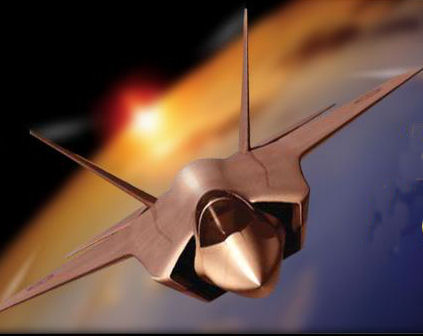
.jpg)
.jpg)
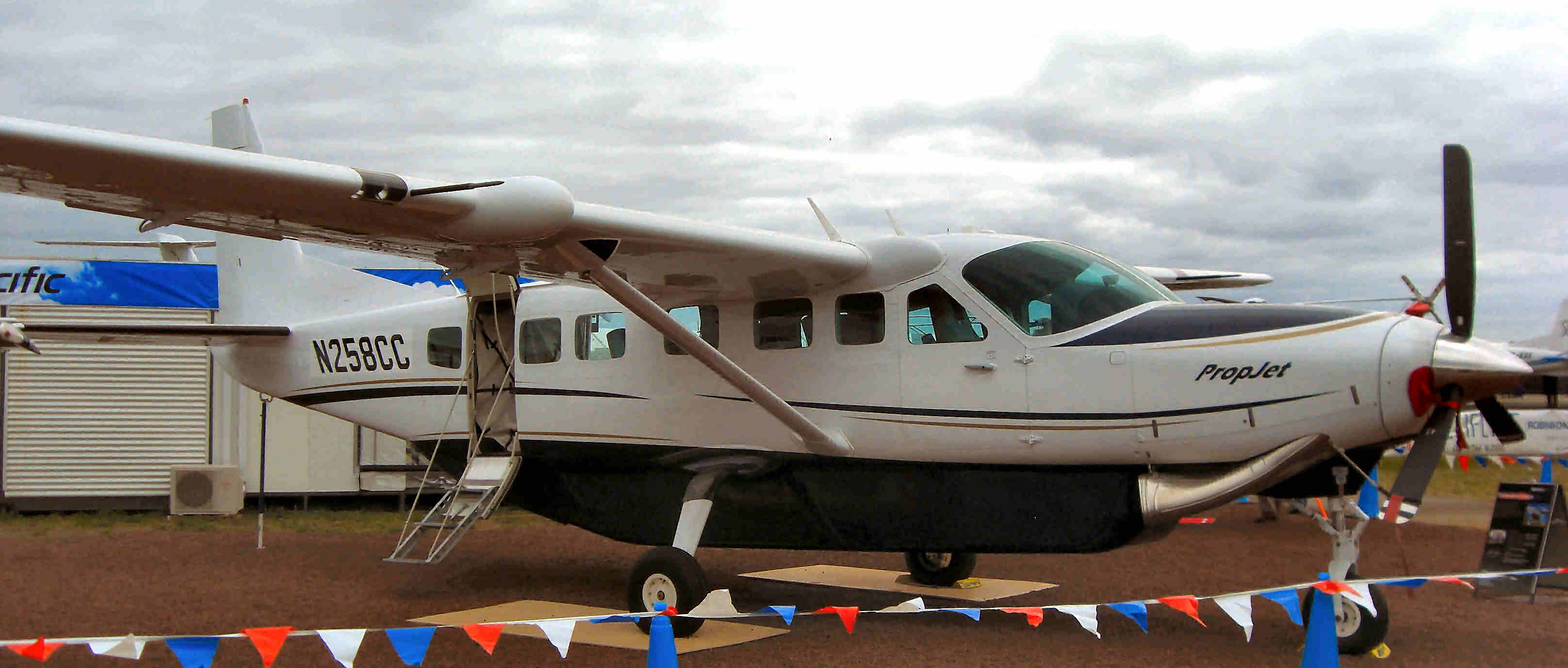
.jpg)
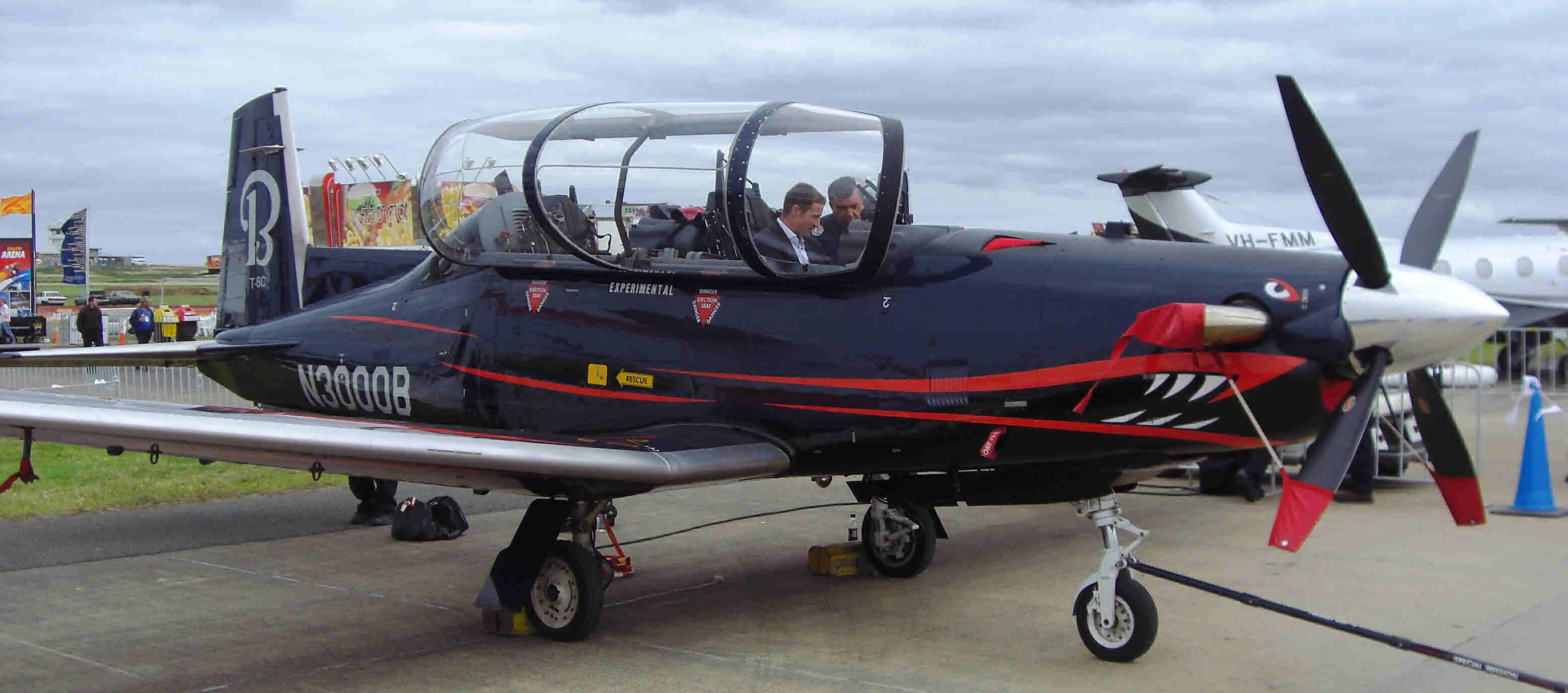 Beechcraft,
which was part of the gigantic Raytheon group, but which was
recently sold to a Canadian "private
equity fund" and which is now called Hawker Beechcraft, had
several of their aircraft on display. Their little T-6 is a
development of the Pilatus PC-9,
which was modified significantly by
Beechcraft in
order to enter the
Joint Primary Aircraft Training System (JPATS) competition in
the 1990s. Beech was awarded the production contract in December
2001 and it is now the primary basic trainer for the USAF and the US
Navy.
Beechcraft,
which was part of the gigantic Raytheon group, but which was
recently sold to a Canadian "private
equity fund" and which is now called Hawker Beechcraft, had
several of their aircraft on display. Their little T-6 is a
development of the Pilatus PC-9,
which was modified significantly by
Beechcraft in
order to enter the
Joint Primary Aircraft Training System (JPATS) competition in
the 1990s. Beech was awarded the production contract in December
2001 and it is now the primary basic trainer for the USAF and the US
Navy.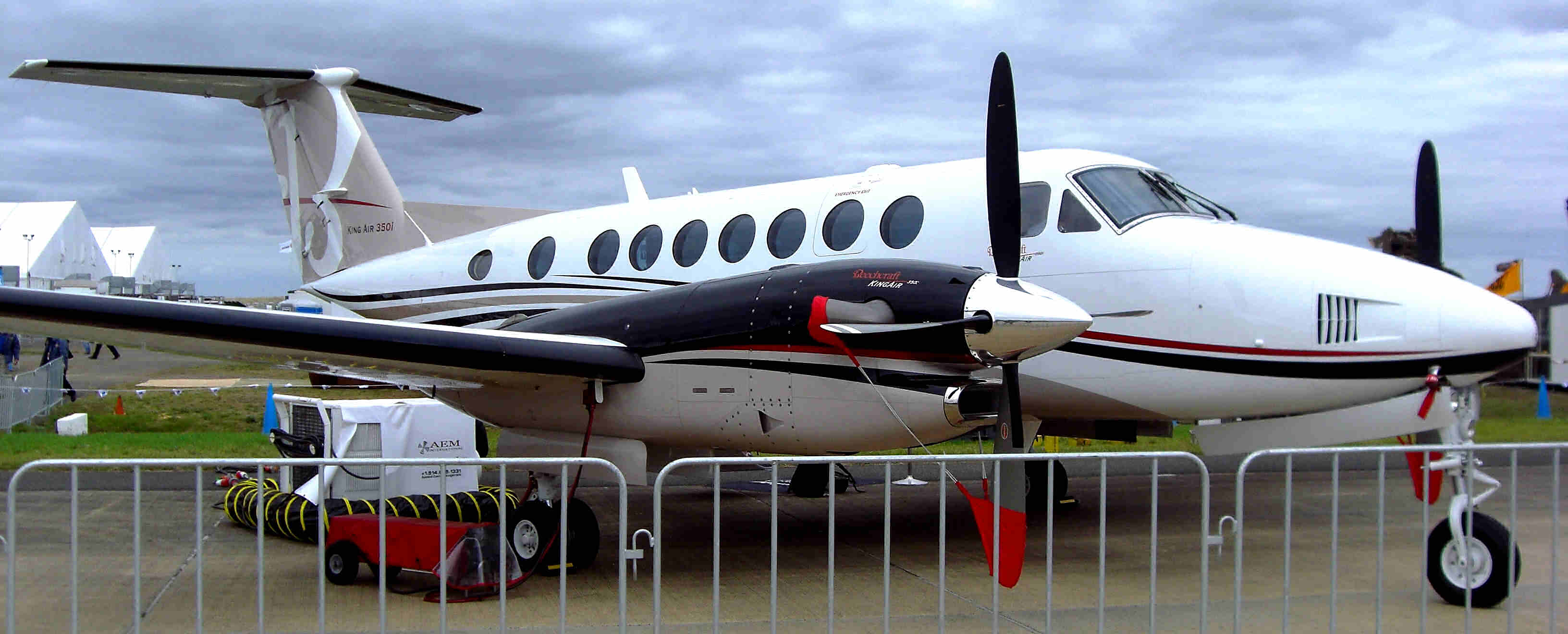 there are B200’s, B250’s, B300’s and now B350’s. The Super in the
name, which was to distinguish the aircraft from the old Piston
engine King Air, 90 and 100 series aircraft that entered service in
1964, was dropped in 1996.
there are B200’s, B250’s, B300’s and now B350’s. The Super in the
name, which was to distinguish the aircraft from the old Piston
engine King Air, 90 and 100 series aircraft that entered service in
1964, was dropped in 1996. 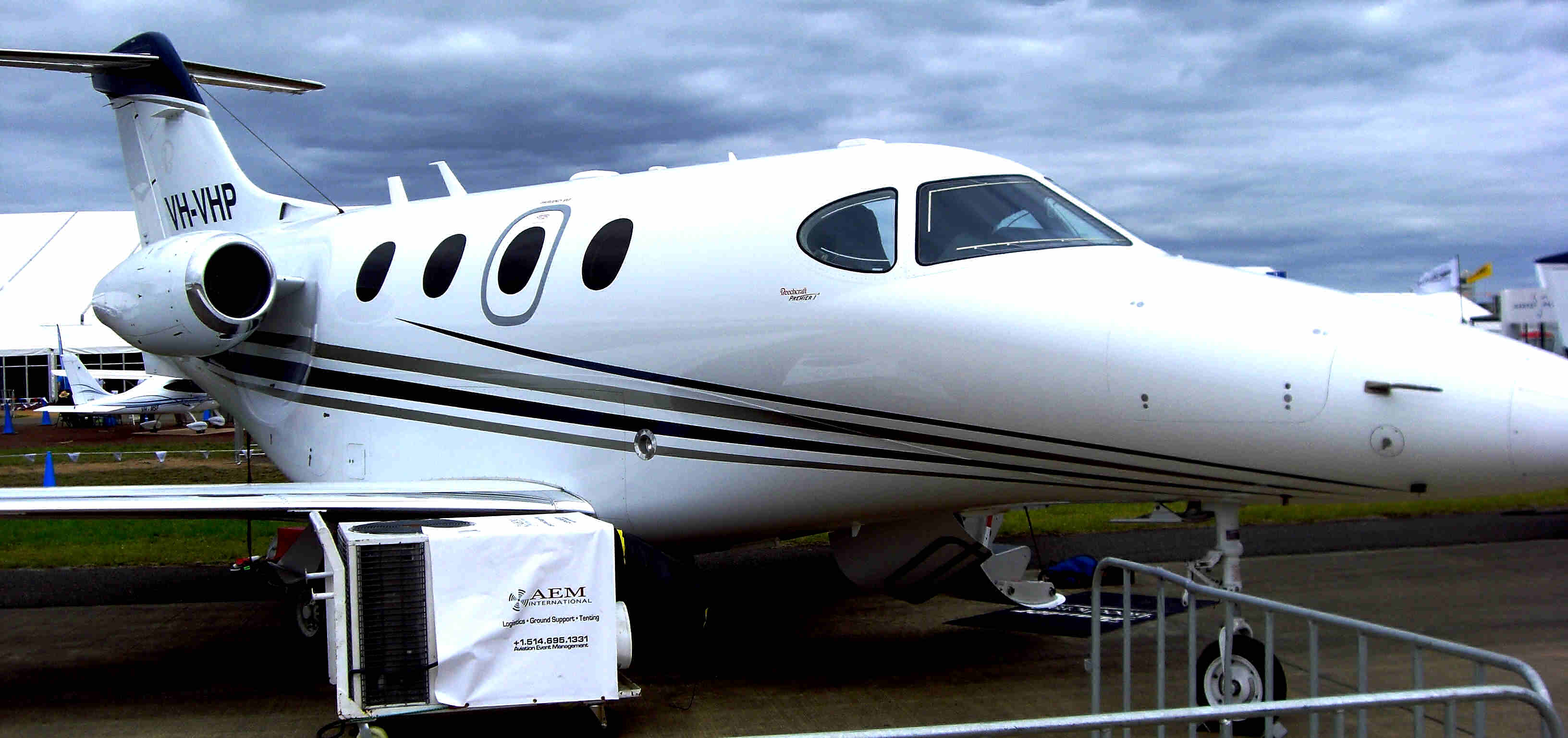
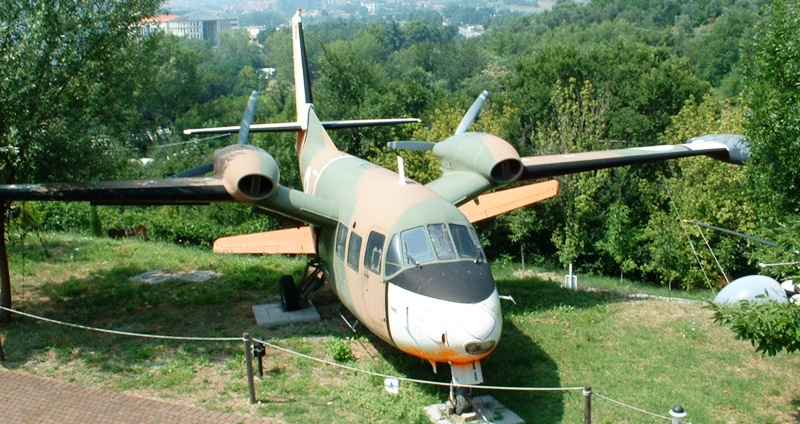 fuselage,
high aspect ratio wing, located behind the cabin. The design
utilizes both a T-tail and a pair of small, fixed anhedral forward
wings that lack control surfaces.
fuselage,
high aspect ratio wing, located behind the cabin. The design
utilizes both a T-tail and a pair of small, fixed anhedral forward
wings that lack control surfaces. 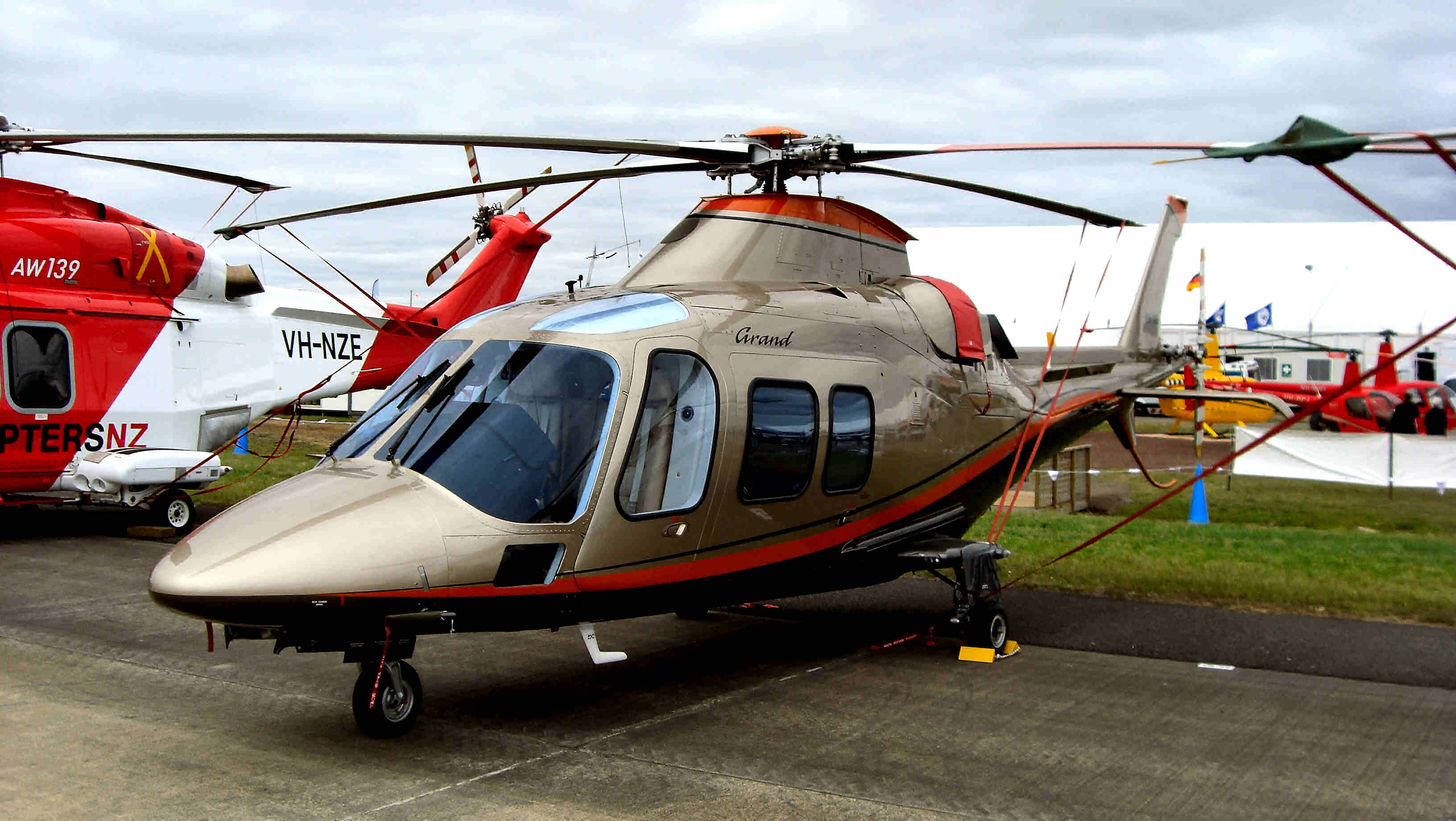
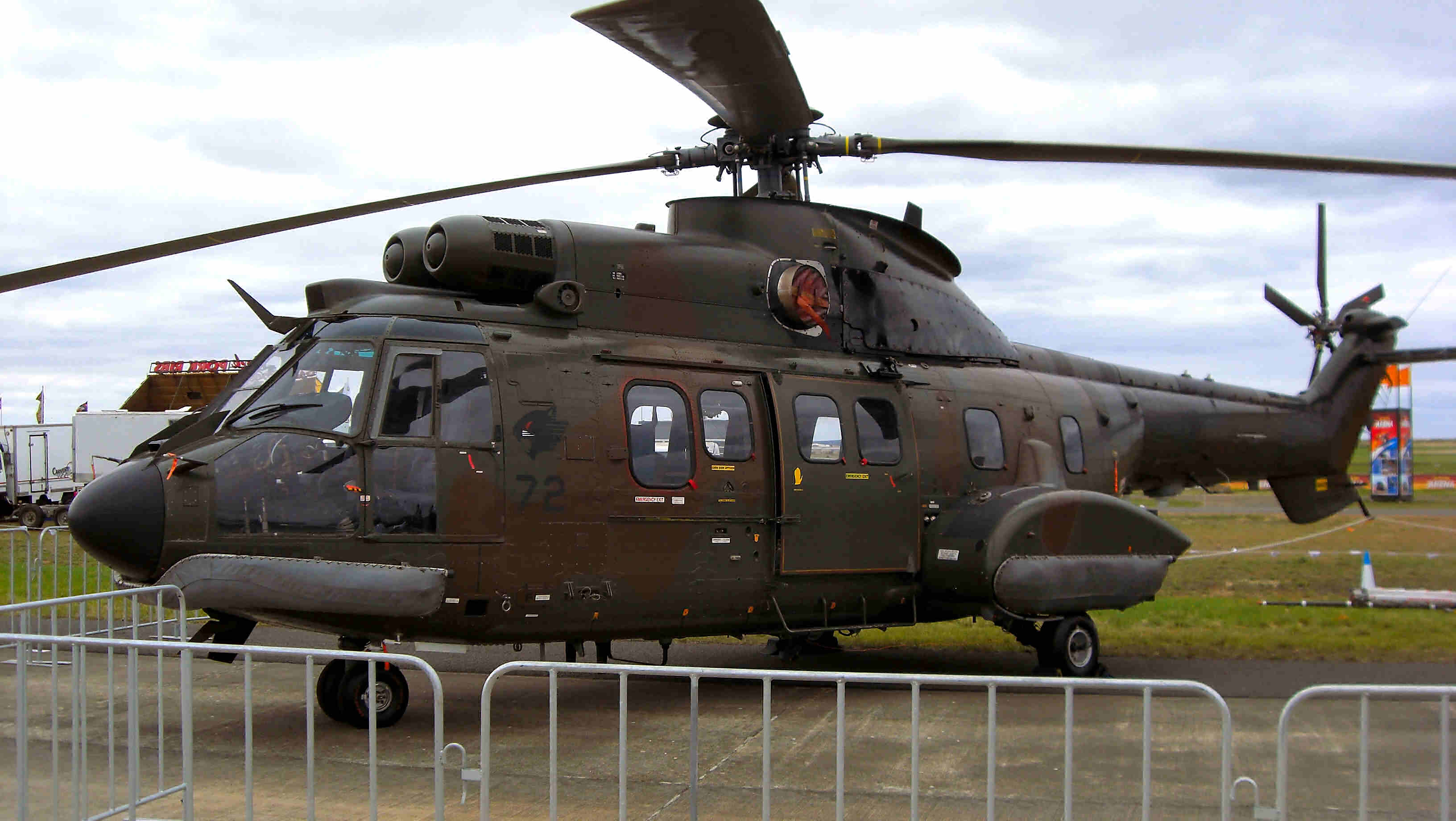

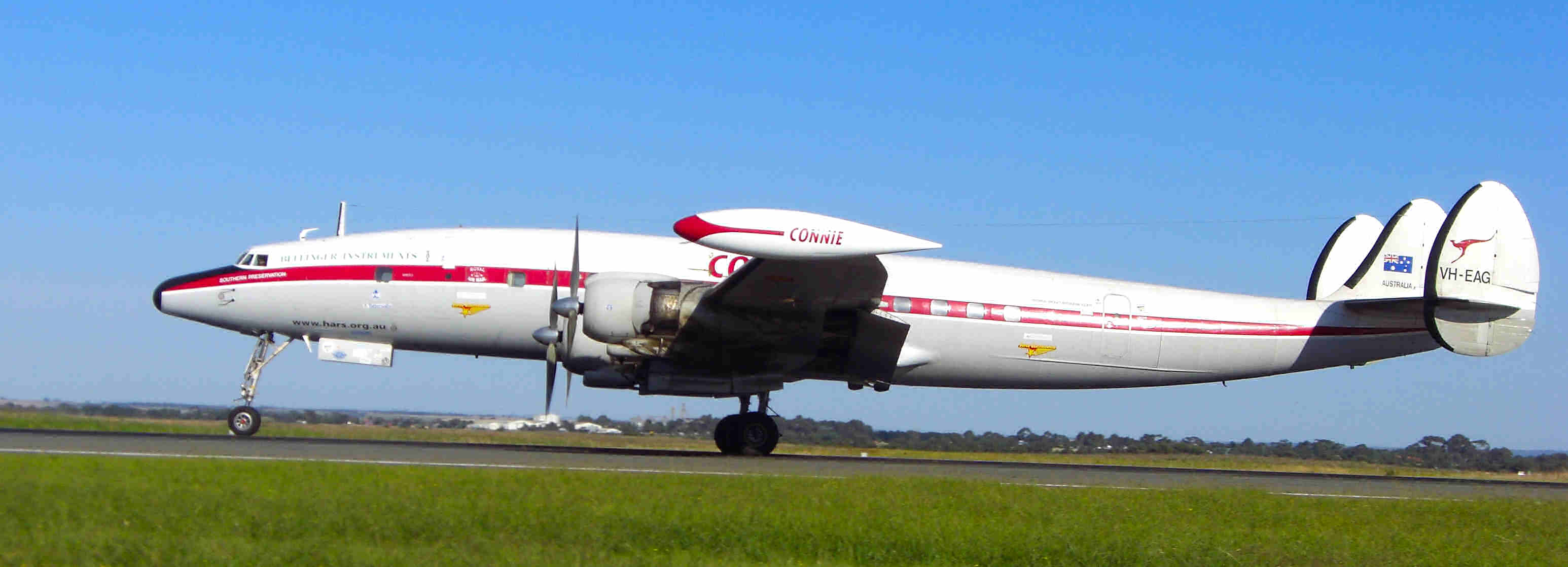
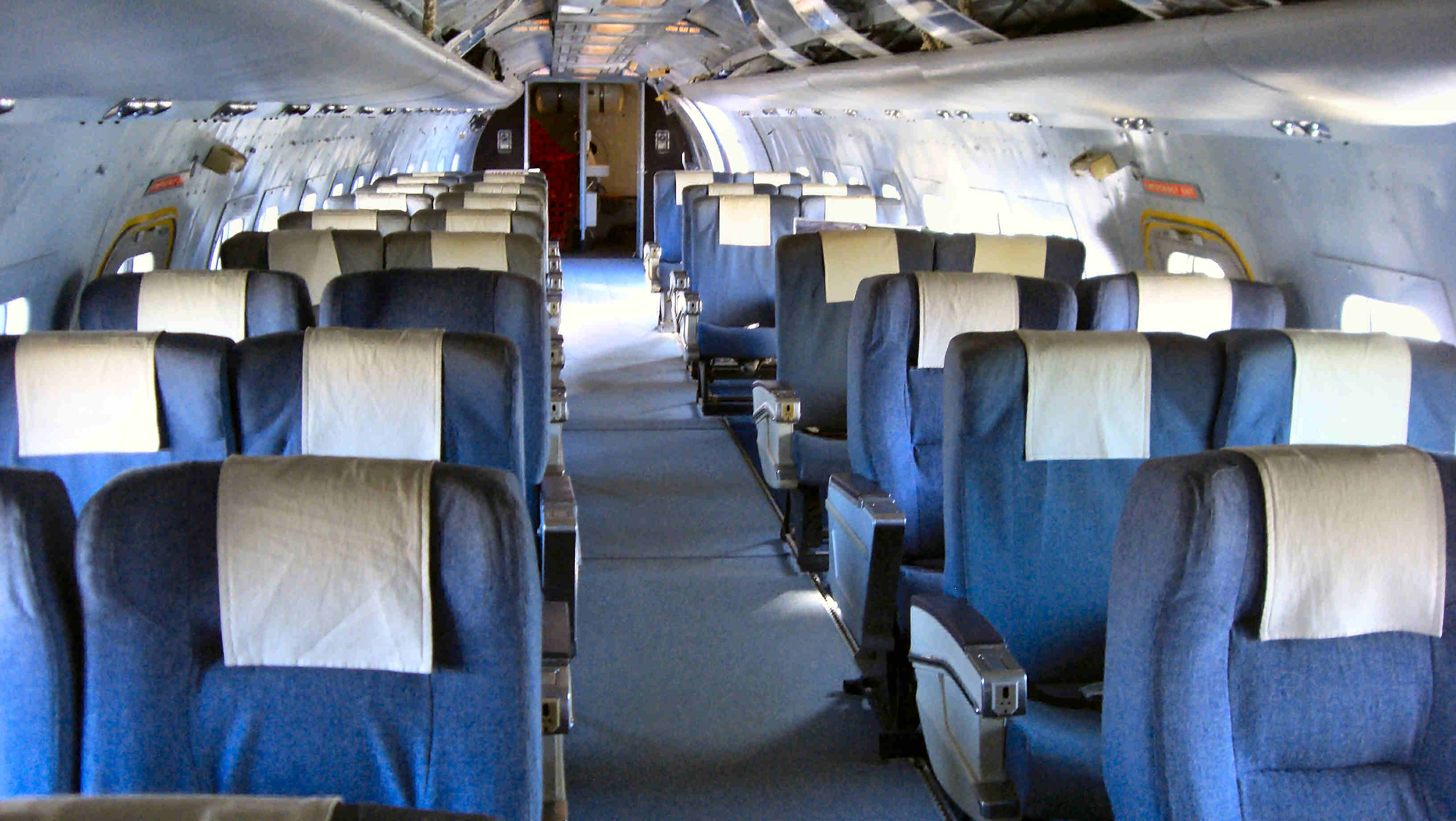
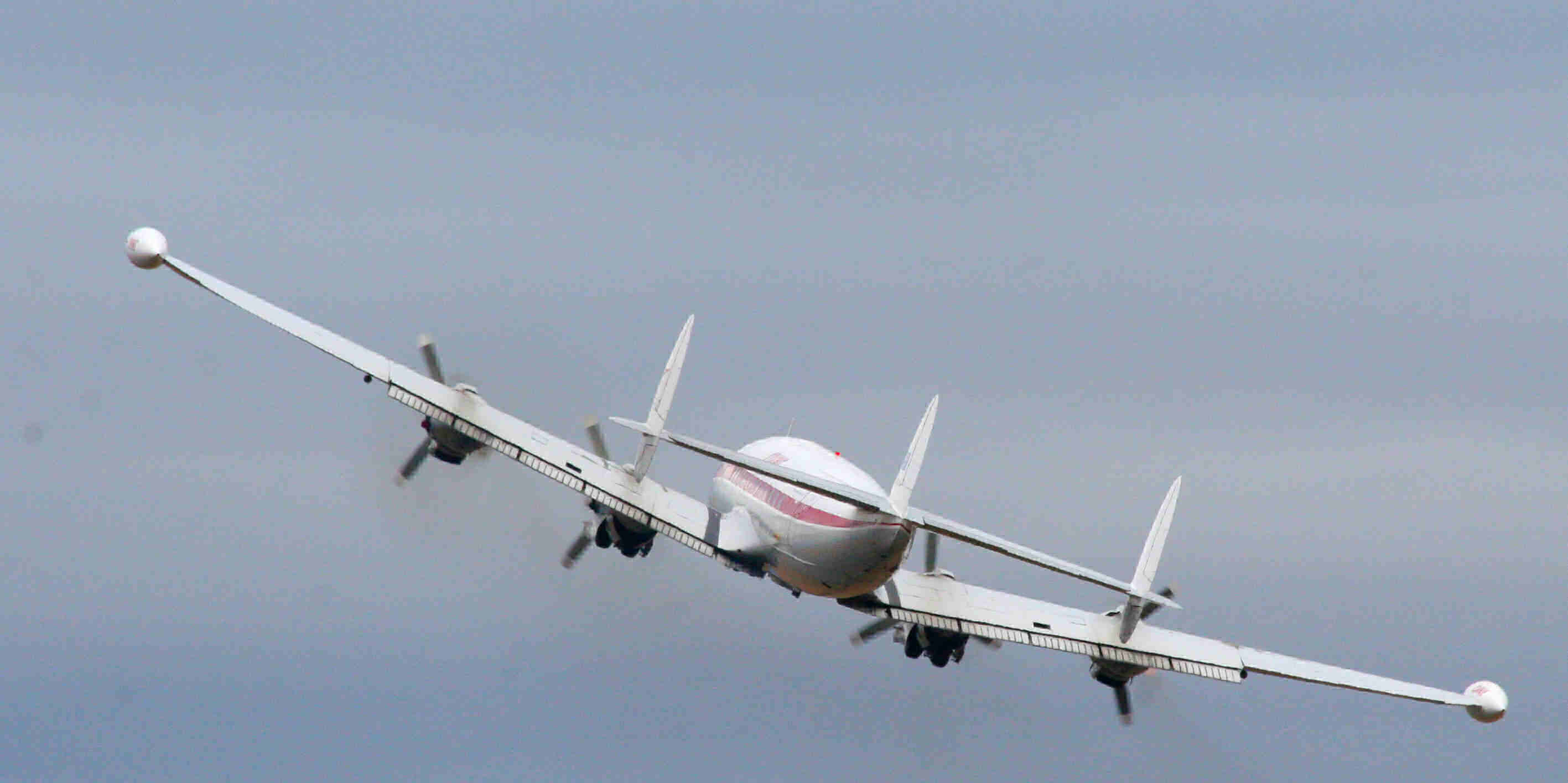
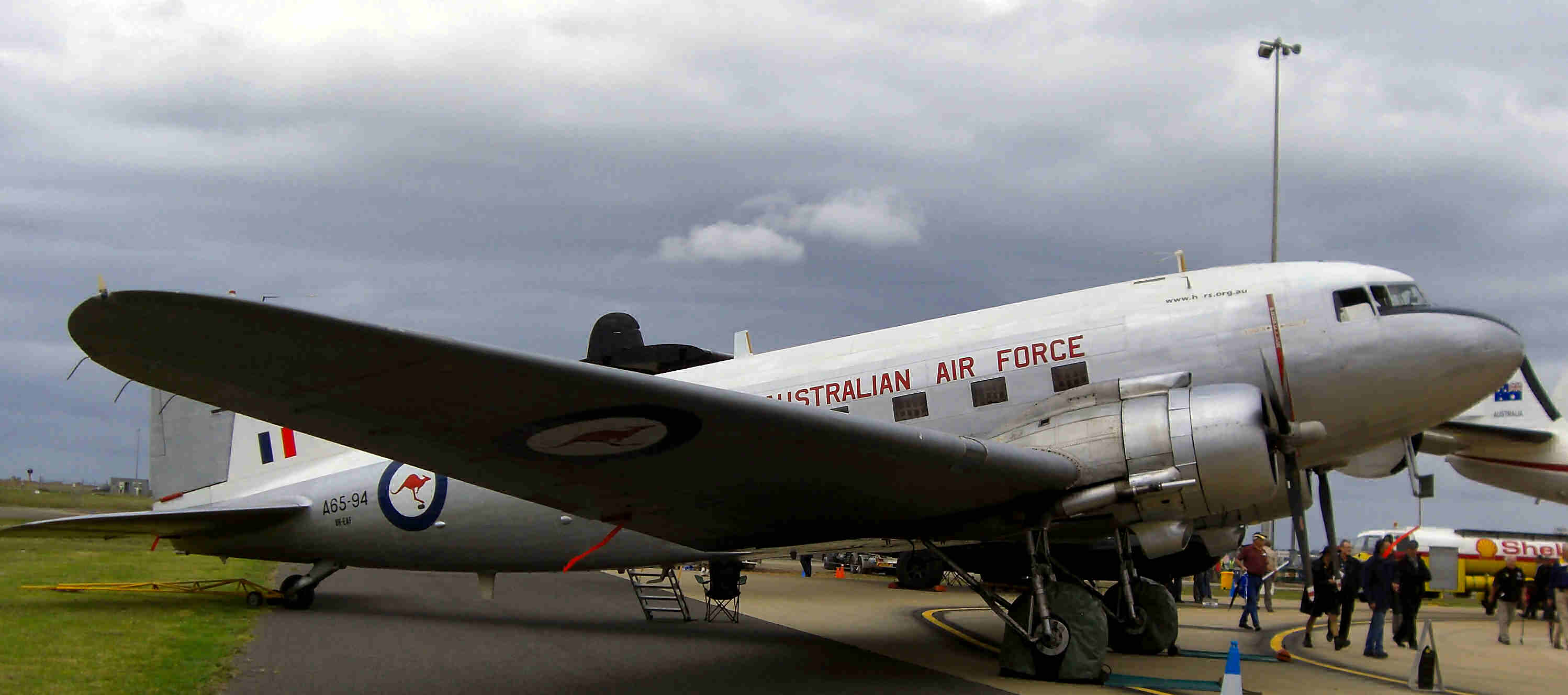
.jpg)
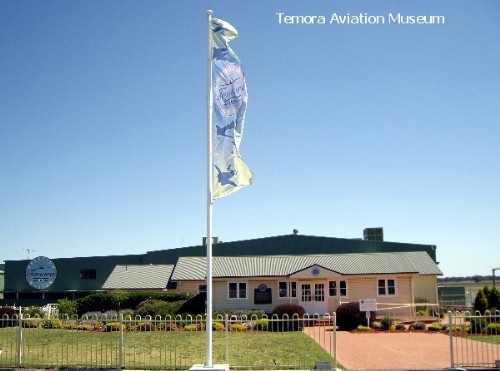
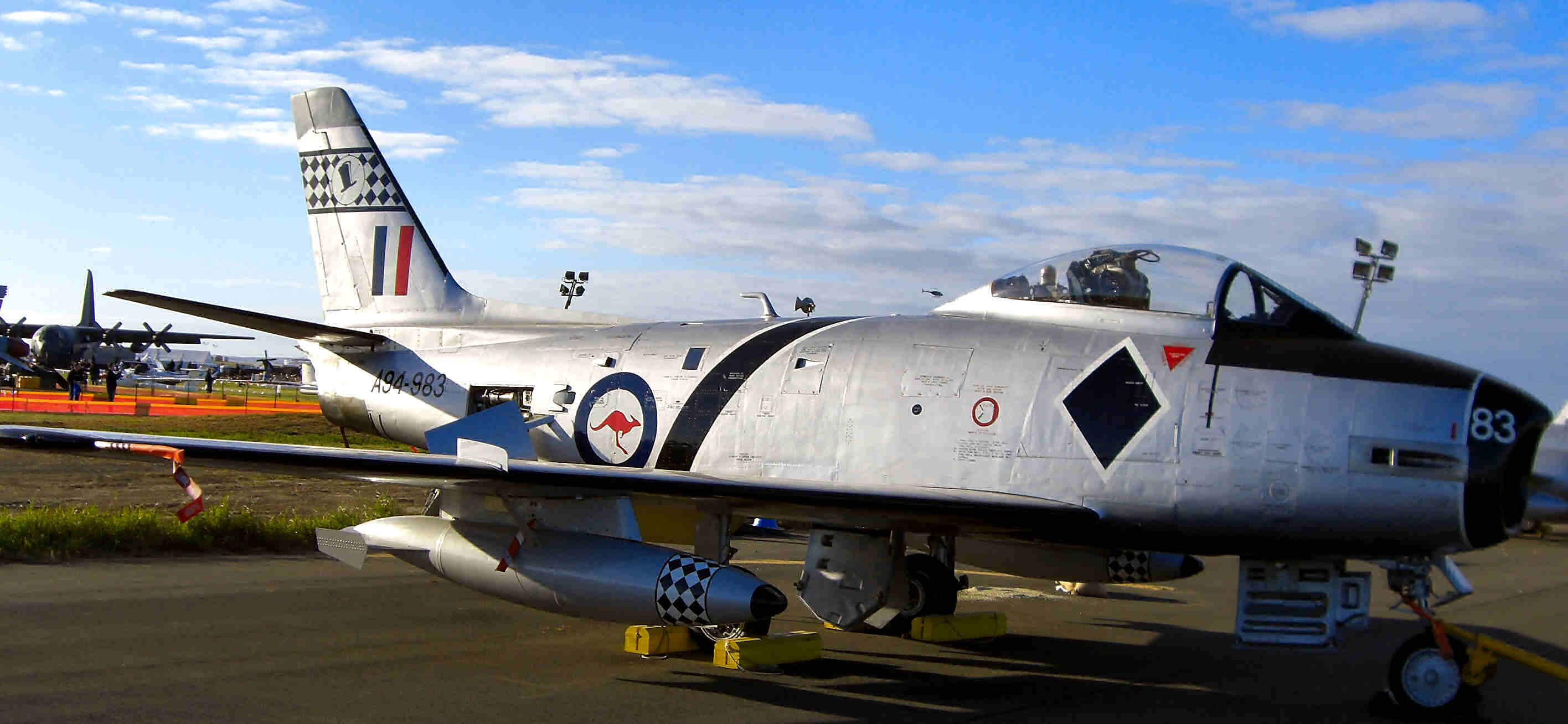
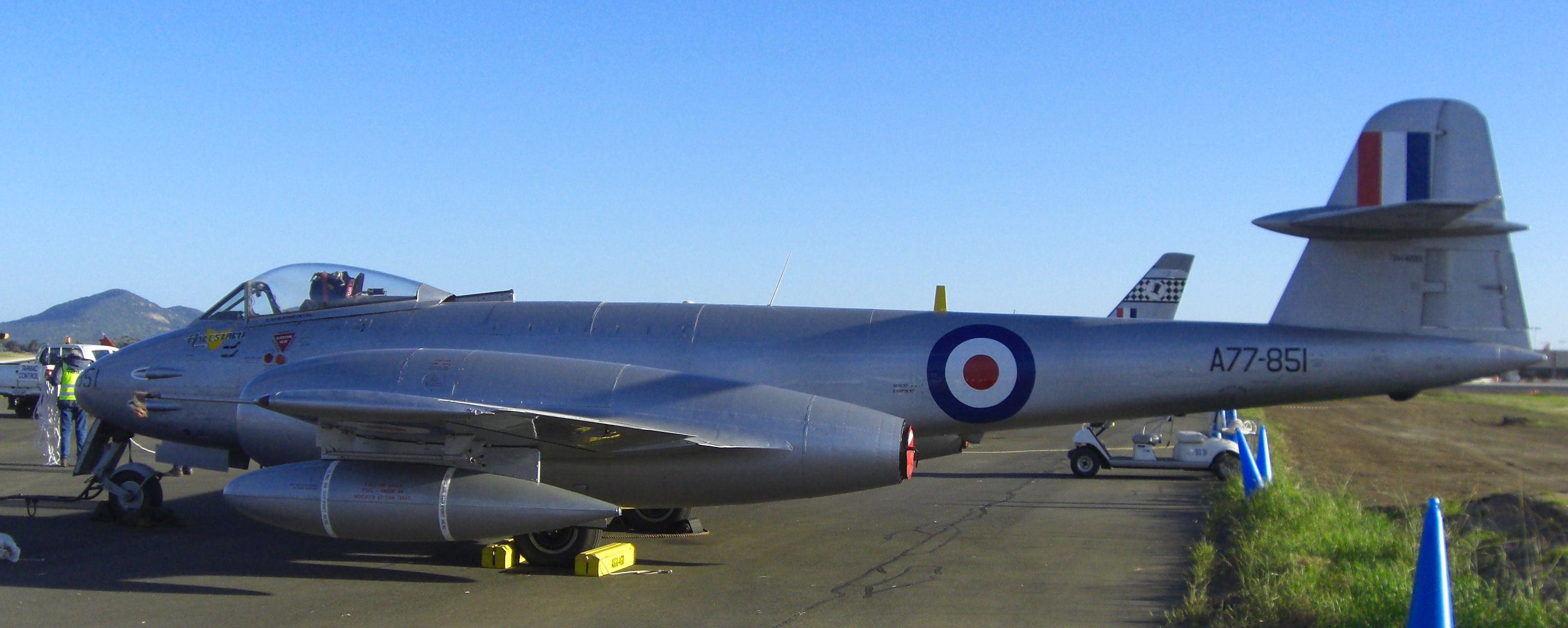
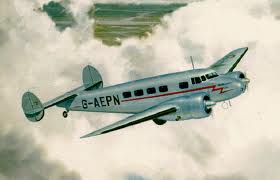 a total of 2,941 had been built, most of which served the Royal Air
Force and Commonwealth countries.
a total of 2,941 had been built, most of which served the Royal Air
Force and Commonwealth countries.